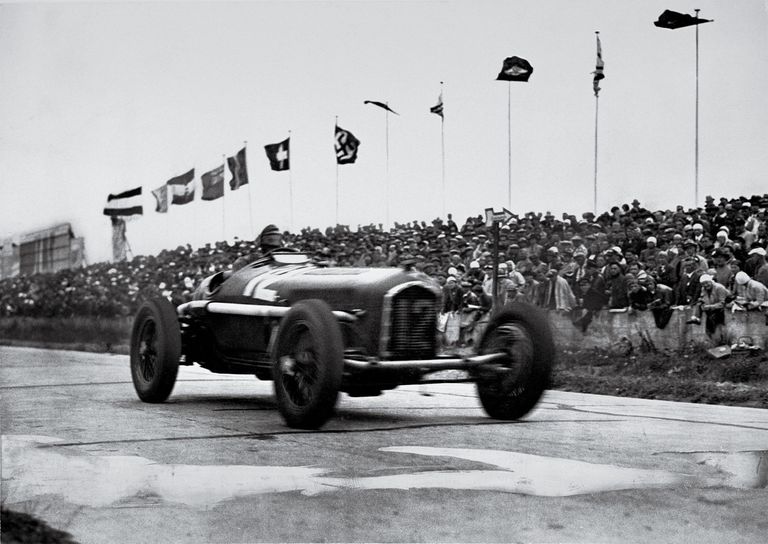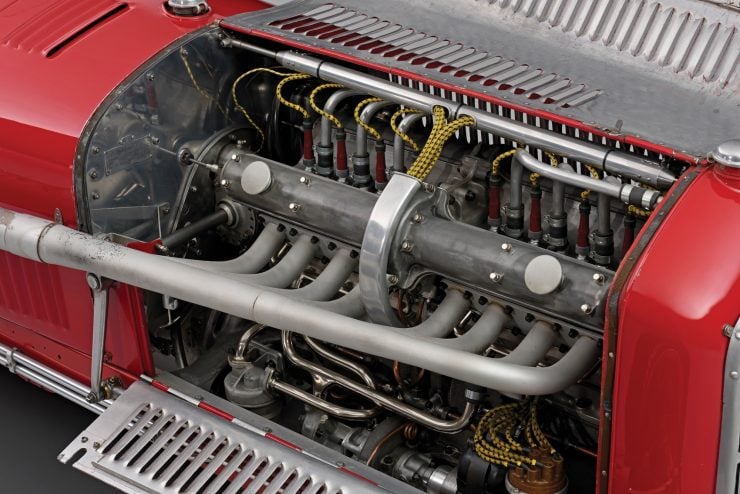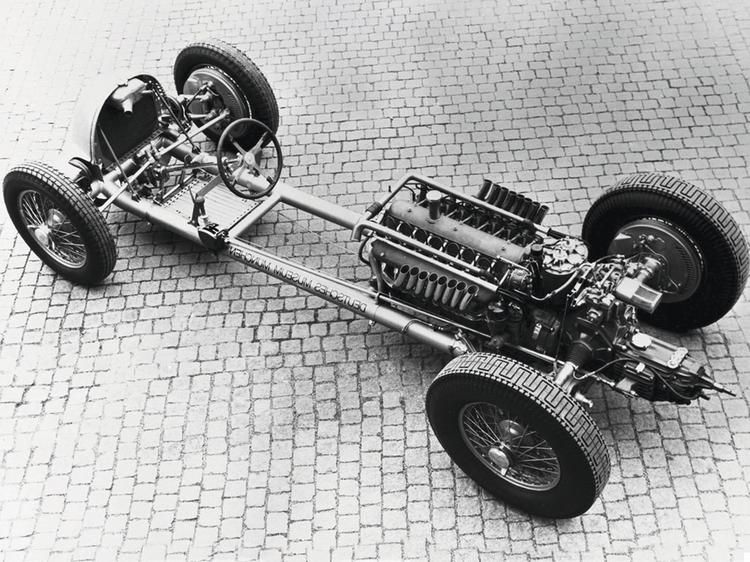- Login or Register
No account yet? Sign up
If you are referring to those ‘DOT’ like marks/indentations on the flat surface of lower of Delage block and sump castings, no they are not scraping marks. Scraping is only carried out on two mating surfaces that are intended to work together.
engine-turning is/was the term in UK Englishsaviour stivala wrote: ↑02 Dec 2018, 22:50If you are referring to those ‘DOT’ like marks/indentations on the flat surface of lower of Delage block and sump castings, no they are not scraping marks. Scraping is only carried out on two mating surfaces that are intended to work together.





There was different variants of both cars and engine as both are developed over years/seasons. The excellent picture/photo is in my opinion of a 1931 Jano’s back than introduced new creation the 8C 2300, It had the same basic straight eight engine of the 1932 tipo B which was enlarged to 2.7-litres. The engine is clearly and Easley recognized by its distinguished central crankshaft drive dividing the engine into 2 four cylinder blocks.hollus wrote: ↑03 Dec 2018, 19:38Some links about the 1932 Alfa Romeo tipo B 2.7-litre eight.
I am not 100% about the images for this one, there seem to be slightly different variants around, so please correct any errors below or by PM!
https://upload.wikimedia.org/wikipedia/ ... a_P3_B.jpg
https://www.roadandtrack.com/car-cultur ... 4c-spider/
https://hips.hearstapps.com/roa.h-cdn.c ... size=768:*
https://hips.hearstapps.com/roa.h-cdn.c ... size=768:*
https://silodrome.com/alfa-romeo-p3/
https://silodrome.com/wp-content/upload ... 40x494.jpg
Scraping is done for decorative purposes all the timesaviour stivala wrote: ↑02 Dec 2018, 22:50If you are referring to those ‘DOT’ like marks/indentations on the flat surface of lower of Delage block and sump castings, no they are not scraping marks. Scraping is only carried out on two mating surfaces that are intended to work together.


